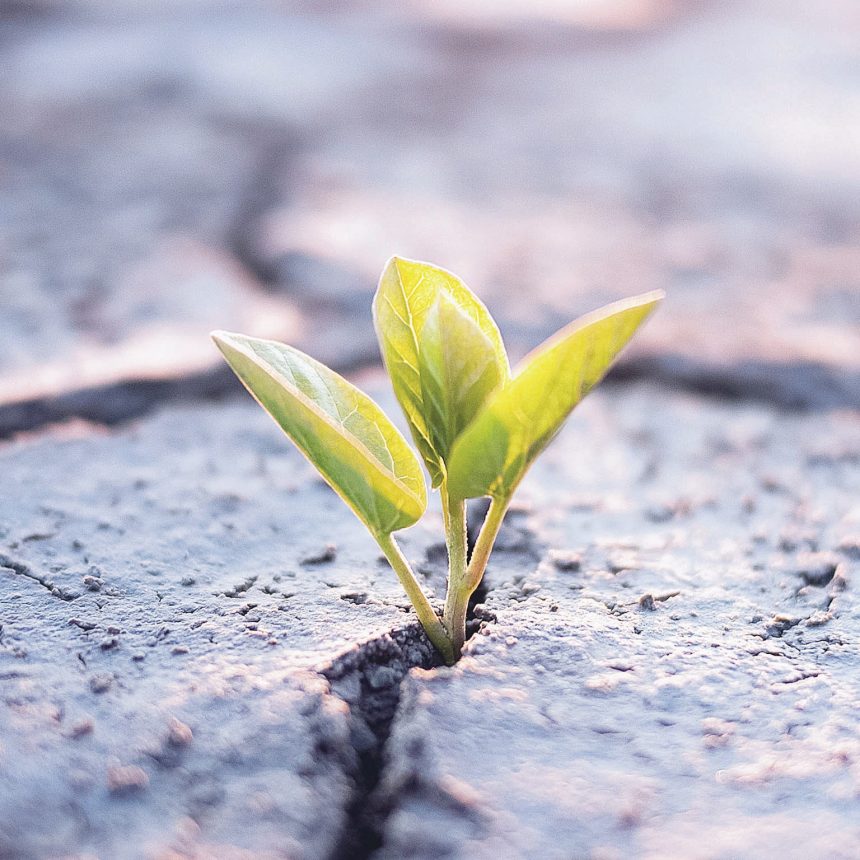Pulwama: As the world confronts the dual challenges of climate change and geopolitical instability, agriculture stands at a pivotal crossroads.
Syed Tawseef Ahmad, an agricultural expert, highlighted that ongoing conflicts, such as the Russia-Ukraine war and the recent crises in the Middle East, have disrupted global supply chains, exacerbating inflation and food insecurity. “Simultaneously, the impacts of climate change—unseasonal rainfall, extreme temperatures, and frequent heatwaves—threaten traditional farming systems,” he said. In this context, the push for self-sufficiency in agricultural production has gained momentum, with greenhouse cultivation emerging as a key strategy to ensure food security, stabilize prices, and improve farmers’ livelihoods.
Protected cultivation, particularly greenhouse farming, involves growing crops in a controlled environment where factors like temperature, humidity, and light can be optimized. Ahmad explained that this method enables year-round cultivation and ensures better yields and quality, even under adverse climatic conditions.
“In a country like India, which overcomes its dependency on food imports through the Green Revolution, the idea of self-sufficiency is not new. However, the urgency to adopt advanced agricultural practices has never been greater,” he said.
The benefits of greenhouse cultivation extend beyond merely increasing productivity. “In a controlled environment, crops are shielded from pests and diseases, reducing the need for chemical pesticides and fertilizers. This not only makes the produce healthier but also boosts consumer demand for such high-quality vegetables,” he emphasized.
Ahmad also highlighted the importance of precision irrigation systems in greenhouses. “It contributes to water conservation—a critical consideration in an era of depleting water resources,” he noted. For regions like Jammu and Kashmir, greenhouse farming presents a unique opportunity. With its short growing season and heavy reliance on imported vegetables during winter, the valley often faces a mismatch between supply and demand.
“Local markets are flooded with vegetables from other states during the off-season, leading to higher prices and dependency on external sources. Greenhouse cultivation addresses this issue by extending the growing season, enabling year-round production, and reducing reliance on imports,” he explained.
Farmers in Kashmir are also exploring the cultivation of exotic vegetables such as broccoli, lettuce, and bell peppers, which require warmer climates. “These crops are in high demand due to their medicinal properties and popularity among tourists visiting the region. Greenhouses provide the ideal environment for growing such vegetables, opening new avenues for farmers in the valley,” Ahmad said.
He also pointed out that India’s rising middle class, including in Jammu and Kashmir, has amplified the demand for fresh and nutritious produce. “With an increasing number of families moving away from traditional dried vegetables, there is a growing market for greenhouse-grown crops,” he said. This shift aligns with India’s rapid economic transformation.
Recognizing the potential of protected cultivation, the government of Jammu and Kashmir has taken proactive steps to support farmers in adopting greenhouse farming. “Under the Holistic Agriculture Development Programme (HADP), launched in 2023 with an outlay of ₹5,013 crores, significant subsidies have been announced to make greenhouse cultivation accessible to farmers,” Ahmad noted.
He added that the program offers a 95% subsidy for both hi-tech and low-cost greenhouse units. For a hi-tech greenhouse of 500 square meters, the subsidy amounts to ₹20.6 lakhs, while for a low-cost greenhouse of 155 square meters, farmers receive ₹2 lakhs.
“The initiative also focuses on providing high-quality seedlings grown in greenhouses to farmers and households for kitchen gardens. These seedlings, produced under controlled conditions, are healthier and more resilient to climatic fluctuations, ensuring better crop outcomes. Such efforts are expected to increase farmers’ income, create employment opportunities, and enhance consumer satisfaction,” Ahmad said.
However, the path to widespread adoption of greenhouse farming is not without challenges. Ahmad highlighted that high initial investment costs, despite subsidies, can deter small and marginal farmers. “Technical know-how and access to trained personnel are crucial for the effective operation of greenhouses. The government and agricultural extension services must address these gaps by providing training and support to farmers,” he emphasized.
“As global supply chains remain fragile and climate change continues to disrupt traditional farming, protected cultivation offers a sustainable solution. It ensures food security while empowering farmers by making them less dependent on external factors. For regions like Kashmir, greenhouse farming holds the promise of transforming the agricultural landscape, reducing reliance on imports, and meeting the rising demand for fresh, high-quality produce,” Ahmad concluded.
In the coming years, as the impacts of climate change intensify, greenhouse cultivation could become a cornerstone of resilient farming systems in India and beyond. “With the right policies, subsidies, and support, this innovative approach can drive a new era of agricultural self-sufficiency and economic growth in Jammu and Kashmir,” he said.








